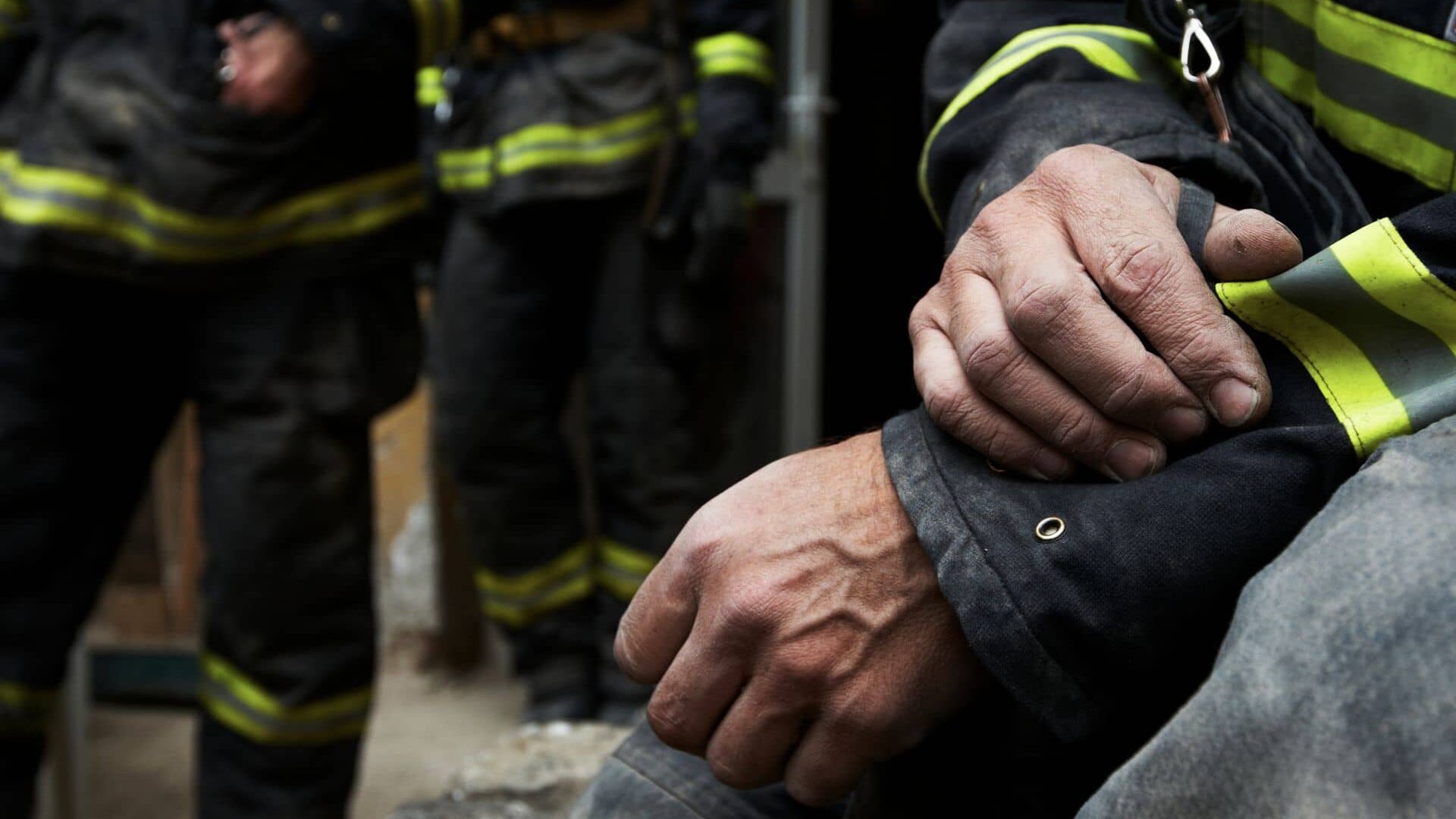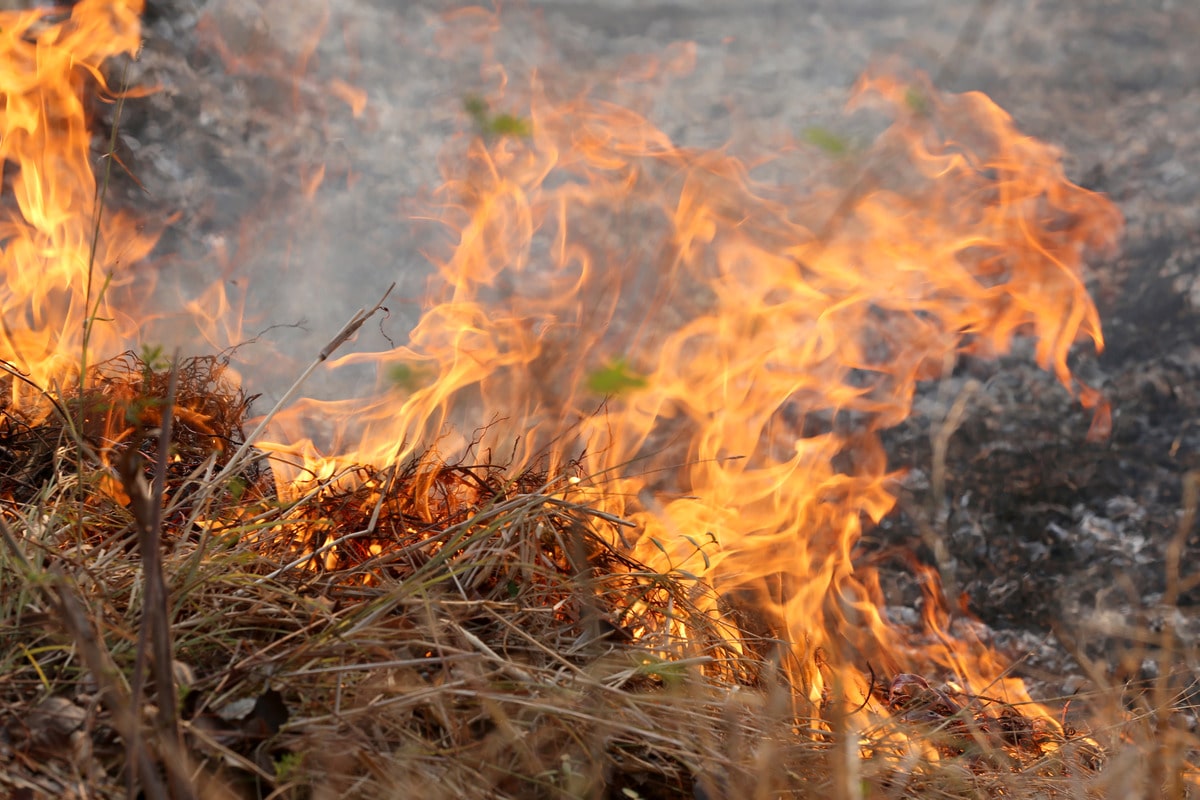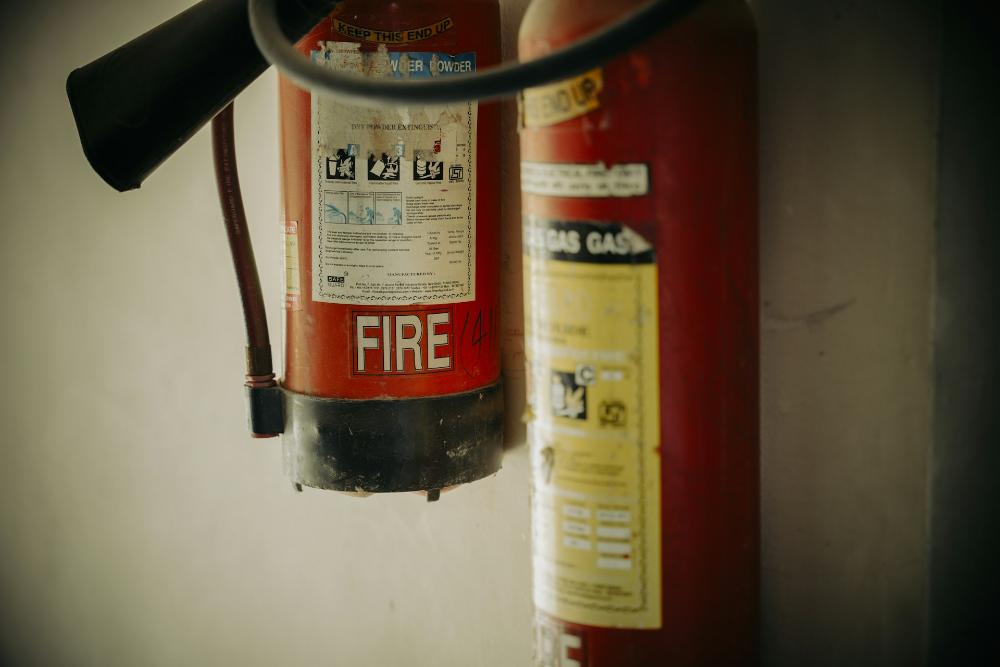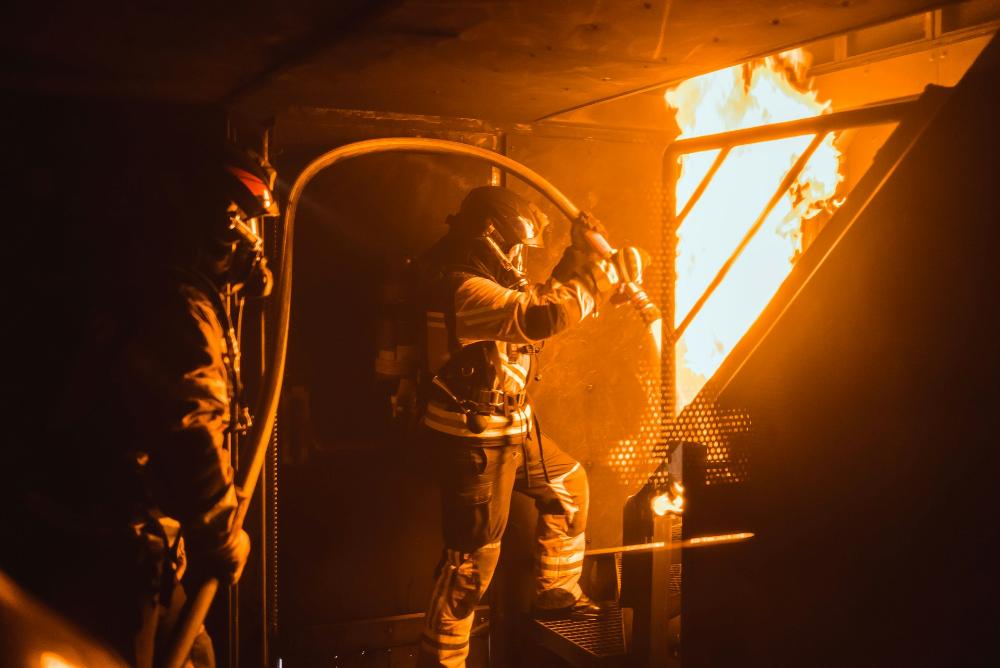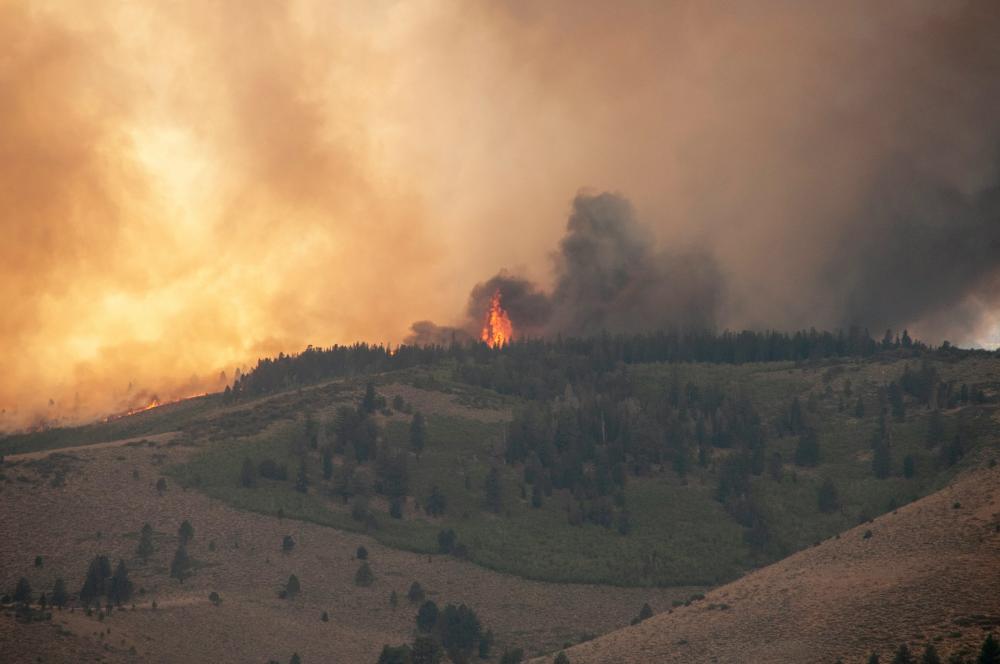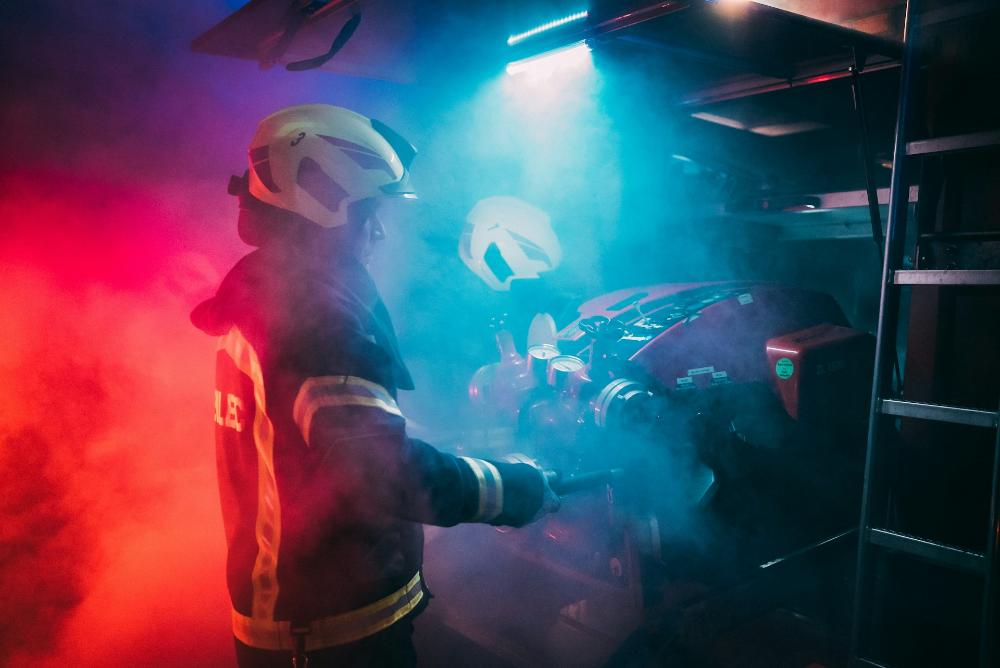Fire Watch Protocol
Contents
Hospital Alarm Failure Fire Watch Protocol
A hospital can’t evacuate like an office building. Patients on ventilators, babies in NICU, surgeries mid-incision; every move is life or death.
When the fire alarm panel bricks at 2 a.m., the house supervisor has four hours to deploy Joint Commission compliant fire watch or risk CMS scrutiny. Here’s the exact playbook we use for five major NYC hospitals.
Step 1: Notify Command Center in 60 Seconds
Press the red button on the nurse console. That sends an overhead page: “Code Fire Watch, Zone 3 West, repeat Zone 3 West.”
Security locks the zone doors, HVAC switches to smoke control and our dispatch phone rings simultaneously. Guard ETA: under 45 minutes citywide.
Step 2: Assign Zone Specific Guards
ICU gets one guard per 30 beds, OR suites get one per six rooms. Guards carry thermal tablets listing each patient room, oxygen shutoff valve and evacuation sled count.
They scan NFC tags outside every patient door every 30 minutes. Miss a tag and the tablet screams; no quiet hallway gaps allowed.
Step 3: Clinical Engineering Liaison
Our guard isn’t alone. A hospital appointed engineer shadows to interpret medical gas alarms and isolate circuits without shutting life support.
This duo approach keeps The Joint Commission happy and prevents accidental ventilator shutdowns during patrol.
Restoration & Sign Off
Once the panel is back online, we run a full zone alarm test with the fire marshal present. The guard uploads the final log, the engineer signs the impairment report and we file both to CMS within 24 hours.
Zero citations, zero patient disruption, zero insurance pushback.
Need a hospital grade fire watch partner? Call our healthcare team and get a Joint Commission compliant plan written in under an hour—guards, engineers, and CMS paperwork included.
